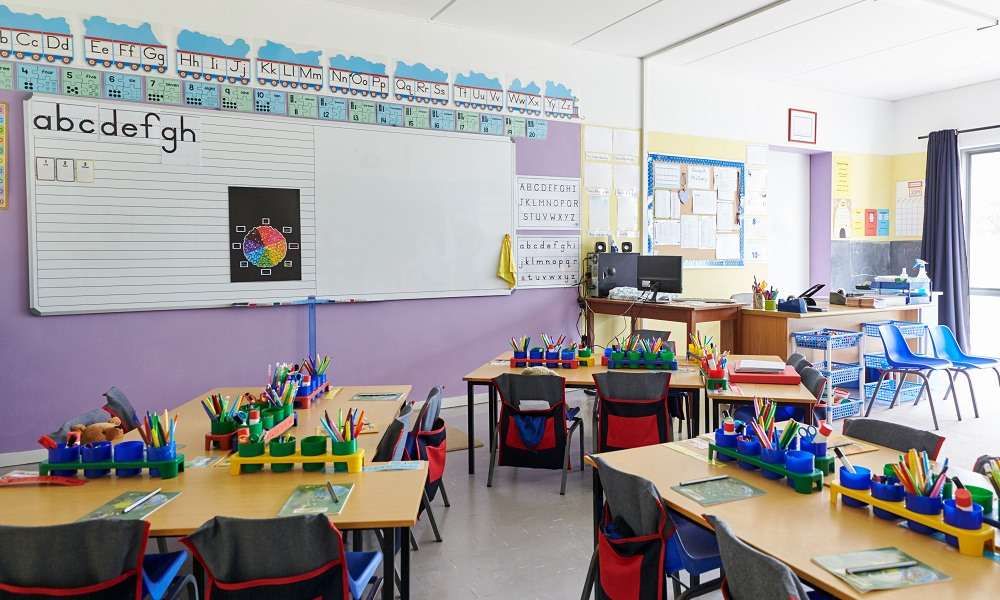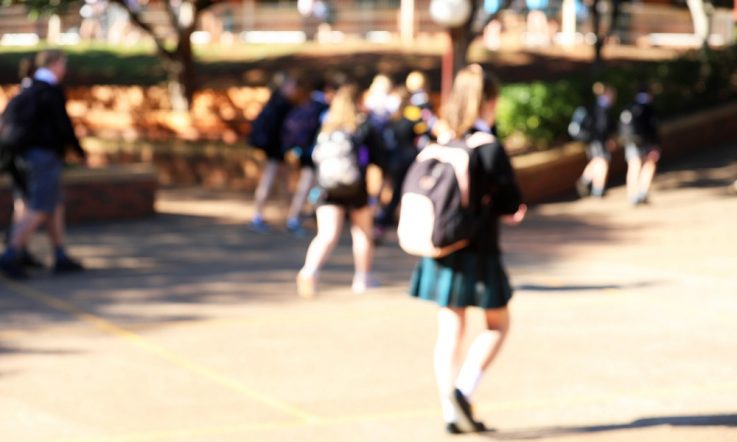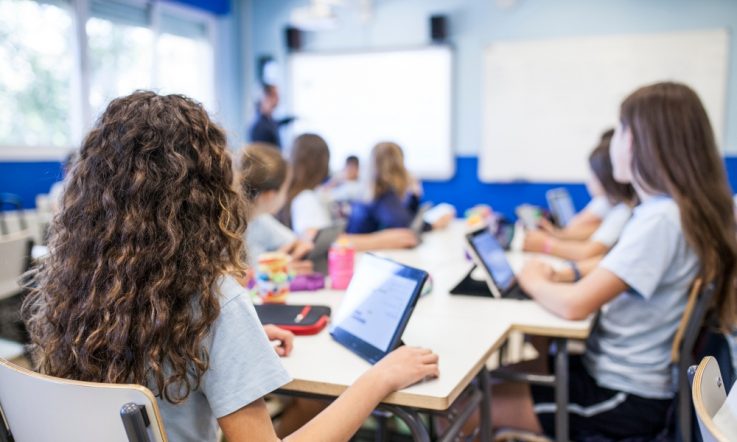Each month at Teacher, we present five further readings related to a particular topic. This month, we looked at the topic of disability and inclusive education. One resource we shared with you was an article published in the Journal of Professional Learning. The article, Supporting Students with Autism: Strategies that Really Work in the Classroom, presents a range of evidence-based strategies teachers can implement in their classroom to support the learning and wellbeing of students with Autism Spectrum Disorders (ASD). Here, we take a closer look at the strategies described and speak with the article's author, Dr Roselyn Dixon.
There are a number of research-based strategies that educators can implement to empower students with ASD to fulfil their potential in the classroom. The journal article, Supporting Students with Autism: Strategies that Really Work in the Classroom, outlines practical strategies for educators to consider, such as using visuals in their teaching, managing the physical and social environment of the classroom, and approaching changes in routine.
Dr Roselyn Dixon, Academic Director of Inclusive and Special Education at the University of Wollongong says she was motivated to write the article because she wanted to disseminate the information to a wide and varied audience.
‘I was doing professional learning [on this topic] with the Centre for Professional Learning … and the courses were going very well and were very well received,' she tells Teacher.
The courses were filling so quickly each time they were offered that Dixon decided to write the journal article based on the information provided in the course, so more people could access it.
The use of visuals in classroom teaching
‘As most students on the autism spectrum respond to information presented visually rather than relying on language or verbal instructions, one of the most commonly used strategies to support learning is the use of specialised visual supports,' the report reads.
Tasks that can be enhanced with the use of visuals include identifying and exploring feelings, and reflecting on personal experiences and behaviour patterns. Another useful visual support for students is a checklist which breaks down a big task into smaller ones.
While it's important for teachers to assess whether the evidence-based approaches outlined in the journal article will be appropriate for their students with ASD, the strategies are all of some benefit to the entire classroom, Dixon says. This is particularly true for the use of visuals.
‘If you think yourself, if you get a diagram rather than just following verbal instructions – it definitely lowers the level of difficulty for everyone. … But it's particularly relevant for students with autism because they're very, very visual learners,' she explains.
The journal article also recommends some simple changes teachers can make to the physical environment to make it more accommodating for students with autism. Setting up a calm zone in the classroom is one suggested strategy. Another physical element to be aware of, Dixon writes, is the visual clutter in the classroom, which should be reduced as much as possible to avoid a visual overload.
Managing changes in routine
Dixon says a lot of students with autism can handle the curriculum quite well, and it's the social-emotional environment of the classroom they can find great difficulty with.
There are some specific strategies teachers might find useful to implement in their classroom to assist in this space. When it comes to assisting students' understanding of communication in the classroom – whether it's verbal or non-verbal – the journal article says the evidence-base shows simplifying language can be effective. In particular, it's suggested that metaphors, idioms or sarcasm shouldn't be used, in order to ensure teachers are being as literal as possible.
‘Keep language concise and simple, saying exactly what you mean, telling the student exactly what to do,' the article reads. ‘For example, “Clean up the science lab” should be “Put the microscope back on the shelf”.'
When it comes to managing the social environment of the classroom more generally, strategies could include making social rules explicit, perhaps with the use of a supporting visual, and teaching social rules to students wherever possible.
Finally, the article also discusses managing changes in routine with students. For example, to plan for an excursion, educators could display a photo of the excursion setting in advance, as well as remind students of when this event is coming up. And, if an activity for during the day has changed, educators who are using visual timetables in their classrooms can display this change on the timetable with the alternative activity.
‘Do remember to remind students of what is not going to change,' the article reads, ‘such as all the other activities, the classroom and break times'.
‘We're asking for some implementation of strategies, for a little bit of change of classroom organisation, and things like that. But nothing that won't benefit their whole class as well,' Dixon says.
Dr Roselyn Dixon says the use of visuals in teaching is particularly useful for students with autism, but it has benefits for every student.
As a teacher, reflect on how you use visual aids in your teaching. Is this a strategy you are using consistently with students, across various tasks and subjects? How could the use of visuals enhance student learning?



